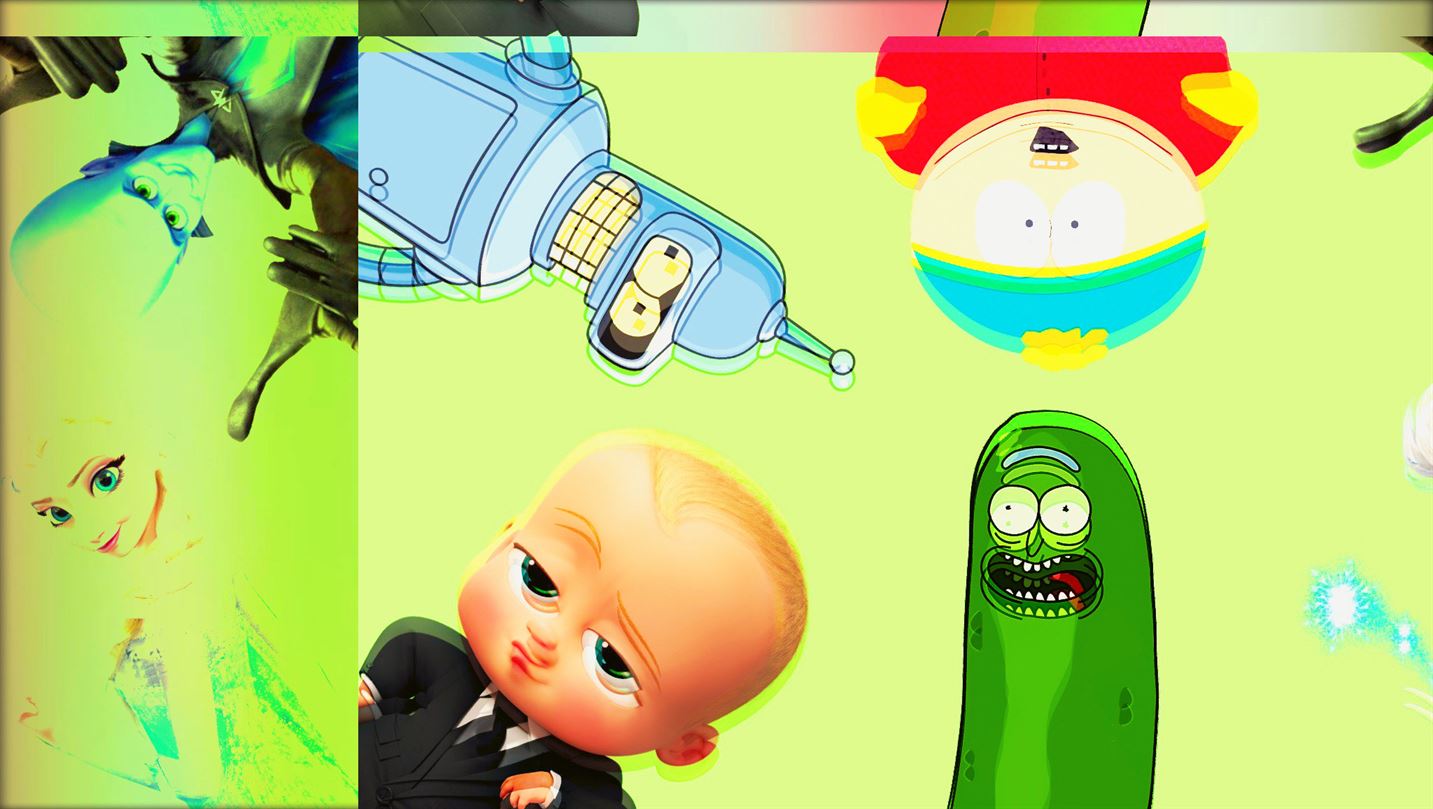The very first Academy Award in 2023 was awarded to “Guillermo del Toro’s Pinocchio,” taking home Best Animated Feature. Presenting the award was Emily Blunt and Dwayne “The Rock” Johnson, the latter of whom spoke about the undeniable link between animation and the very foundation of cinema. And while I certainly agree with the “Black Adam” star’s sentiments, it’s too little too late from the Academy.
See, when the Academy Award for Best Animated Feature was presented in 2022, the sentiment being presented was very different. Halle Bailey, Lily James and Naomi Scott, stars of Disney’s recent trend of live-action Disney remakes, spoke of how children love animation and parents endure endlessly rewatching the nominated films. Because, of course, every kid in America was begging their parents to put on “Flee,” an animated documentary about a gay refugee escaping his home country of Afghanistan. The documentary was animated, because if the subject revealed his identity, odds are he and his family could have been arrested, tortured or killed.
The backlash to this presentation was swift. Thankfully not directed toward the actresses, who were simply reading what was written for them, but the message the Academy was sending was loud and clear: animation is kiddie fare, not “real” cinema. But there’s nothing inherent to animation that makes it for kids.
The major misconception is the notion that animation is a genre, which could not be further from the truth.
Genre is the narrative conventions a piece of art takes, and being animated has no inherent narrative conventions. Animation is a medium, the form in which a piece of art takes.
Animation expands our suspension of disbelief, or willingness to believe the impossible. If “The Simpsons” was live action, the family’s antics would probably be much more difficult to believe, and their bright-yellow skin more of a health concern than a design quirk. But since there is a clearer line between the real and unreal, the kinds of stories being told can venture outside of what we would otherwise consider logical.
That suspension of disbelief has led to stories that are simply impossible to tell in live-action.
Charlie Kaufman’s “Anomalisa,” nominated in 2016 for Best Animated Feature, is a very grounded, and adult, story about depression, but it visualizes its themes in a way that a live-action film never could.
Or, on the complete opposite end of the spectrum, “Minions” could never be made in live-action because of its intense physical comedy and oddball character design. Not only does the notion of a real-life minion send a chill up my spine, but seeing those disgusting little Tic-Tacs as the victims of real physical violence would probably scar their target audience for life.
But this mindset of animation as a genre has poisoned the potential for more mainstream adult animation outside of juvenile fare such as “Rick and Morty.” Stories like “Anomalisa” and “Flee” are the exception, far from the rule. You could argue that recent Pixar fare like “Soul” is more adult-oriented, or even a film like “Spider-Man: Into the Spider-Verse” aims more towards a teenage crowd, but both of those films are still made to carry a PG rating to maximize a potential audience.
In short, animation deserves more respect from those who fund it and audiences who consume it.
The truth of the matter is, most animation is aimed at the lowest common denominator, either stupid kids or even stupider adults, because the studios that pump hundreds of millions of dollars into these sorts of projects think those are the only audiences.
So if you love animation, be sure to support projects like “Anomalisa,” or “Wendell & Will,” or anything else that pushes the boundaries and genres that can be portrayed by such a brilliant medium.



